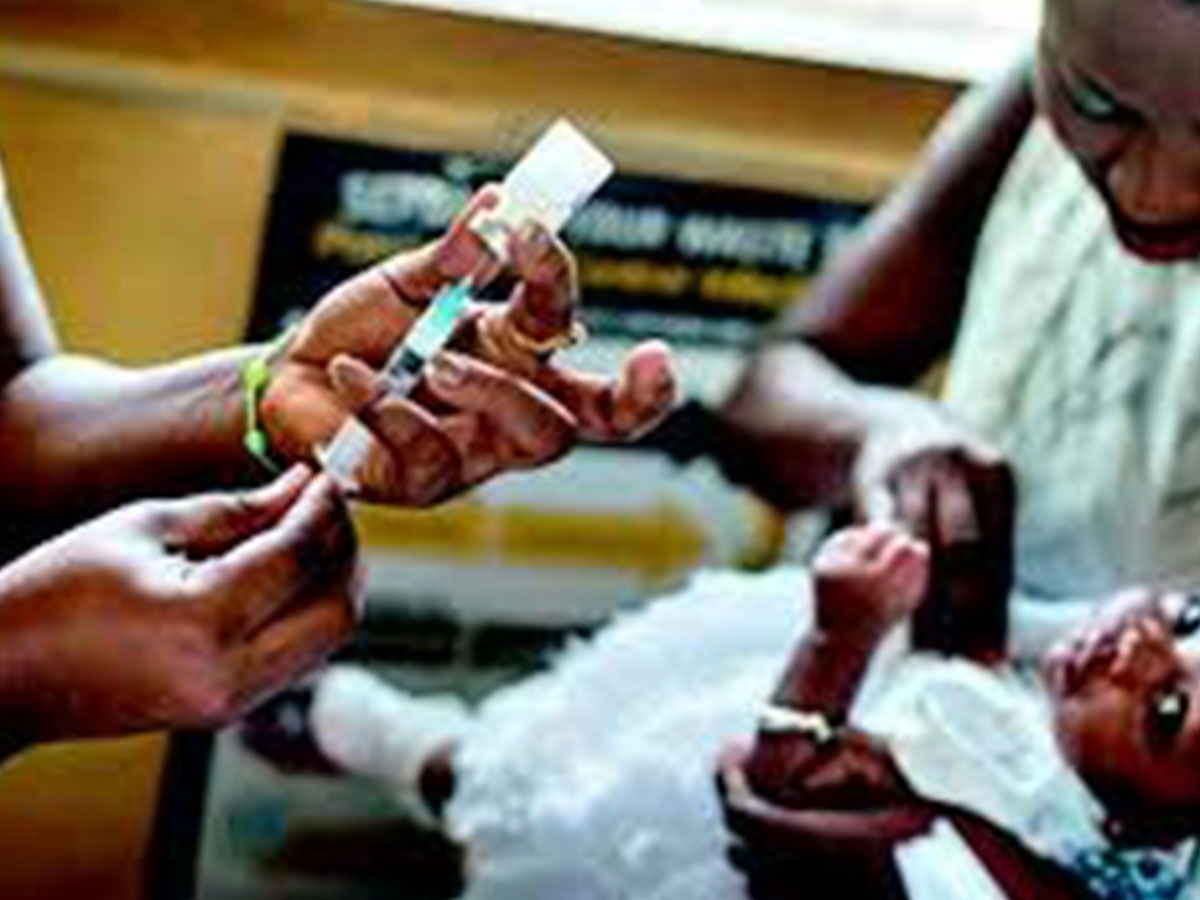
First Doses of New Malaria Vaccine Given to Children, Marking Major Breakthrough
In a significant step forward in the fight against malaria, children in Ivory Coast received the first doses of a new and relatively affordable malaria vaccine on Monday. This event marks a pivotal moment in the global effort to combat one of the world’s deadliest diseases.
The vaccine, known as R21, was developed by the Jenner Institute at the University of Oxford in collaboration with the Serum Institute of India (SII). The rollout is not limited to Ivory Coast; the vaccine is also being distributed to several other African countries, including South Sudan, where vaccinations are scheduled to begin on Tuesday. This widespread distribution effort highlights the vaccine’s potential to make a substantial impact across the continent.

The Vaccine and Its Promise
The R21 vaccine stands out for its affordability, costing less than $4 per dose. This low cost makes it feasible to distribute tens of millions of doses, ensuring broad access across many regions. According to Professor Adrian Hill, director of the Jenner Institute and a key figure in the vaccine’s development, the R21 vaccine has demonstrated high efficacy levels, around 75%-80% in young children. This effectiveness is crucial in a continent where malaria remains a leading cause of mortality among children under five.
The Impact of Malaria
Malaria is a preventable and treatable disease spread by certain types of mosquitoes. Despite this, it remains a major health challenge, particularly in Africa. In 2022, malaria claimed approximately 608,000 lives globally, with about 95% of these deaths occurring in Africa. Tragically, children under the age of five account for around 80% of all malaria deaths on the continent. The introduction of the R21 vaccine could save up to 500,000 children’s lives annually, especially when used alongside the existing RTS, S vaccine, according to World Health Organization (WHO) modeling.

Production and Distribution
The Serum Institute of India has already produced more than 25 million doses of the R21 vaccine and committed to manufacturing up to 100 million doses annually. This scale of production ensures that the vaccine remains affordable and accessible to those who need it most. In Ivory Coast alone, there are enough doses to vaccinate 250,000 children under the age of two. Other countries, including Ghana, Nigeria, Burkina Faso, and the Central African Republic, have also authorized the use of the R21 vaccine.
Complementary Efforts with RTS, S Vaccine
The R21 vaccine will be used in conjunction with the RTS, S vaccine, which has already reached more than 2 million children through a four-year pilot program in Ghana, Kenya, and Malawi. The RTS, S vaccine has shown to reduce all-cause mortality by 13%, according to UNICEF. Both vaccines have received approval from the WHO and are expected to significantly improve public health outcomes when combined with other malaria prevention strategies like mosquito nets.
Challenges and Next Steps
Despite the promising outlook, there are still challenges to overcome. Implementing a vaccination program of this scale requires substantial groundwork, particularly in low-income countries. Professor Hill pointed out that there is a need for extensive training and preparation. The R21 vaccine regimen involves three initial doses given at five, six, and seven months of age, followed by a booster a year later. This schedule differs from other routine vaccinations, necessitating additional efforts to ensure proper administration.
The Bigger Picture
The introduction of the R21 vaccine represents a beacon of hope in the fight against malaria. It is a testament to the power of scientific innovation and international collaboration. However, the battle against malaria is far from over. The disease continues to pose a significant threat, particularly to vulnerable populations in Africa.

The rollout of the R21 malaria vaccine in Ivory Coast and other African countries is a groundbreaking development in public health. Its affordability and high efficacy offer a promising solution to a longstanding global health challenge. As the world watches this historic moment, there is renewed hope that we are moving closer to a future where malaria is no longer a leading cause of death for children in Africa.
By focusing on the combined efforts of vaccines like R21 and RTS, S, alongside other preventive measures, the global community can make significant strides in reducing the burden of malaria. This milestone is a reminder of what can be achieved through dedication, innovation, and international cooperation. The journey ahead will require continued commitment and support, but the potential benefits for millions of lives are immeasurable.


